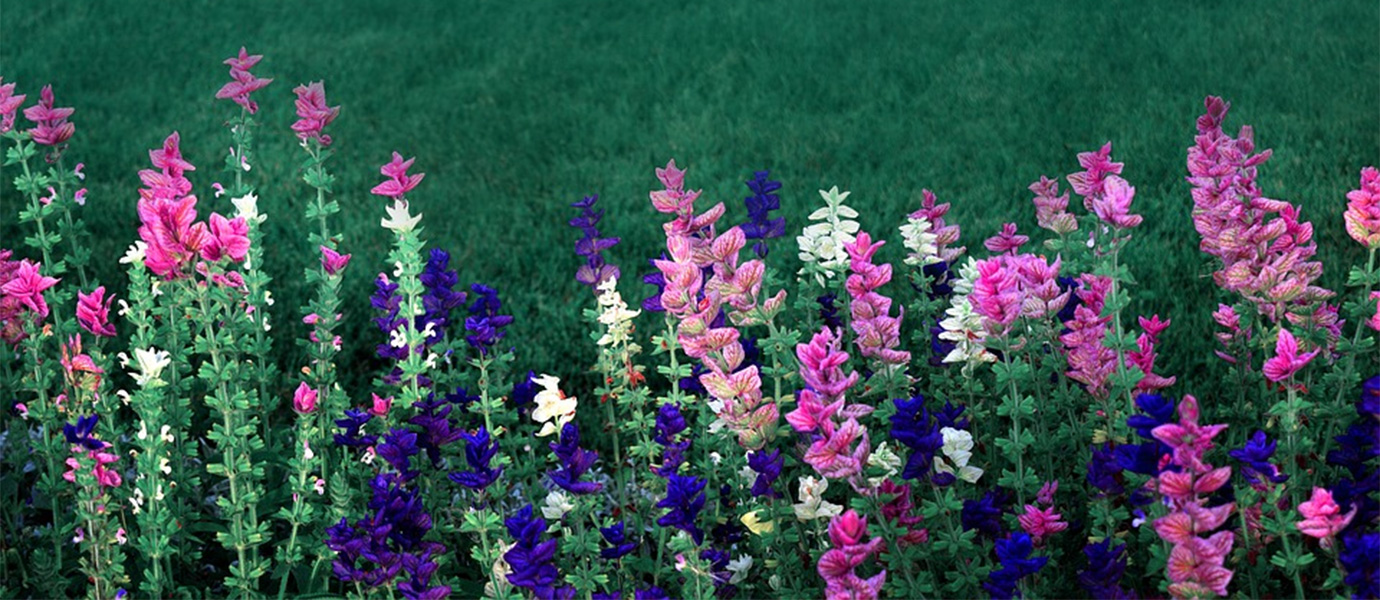ABOUT
Rawlings Conservatory
The historical Rawlings Conservatory features five distinct greenhouse rooms, one 1/2-acre garden with many flower beds and a kaleidoscope of colors all year round. The buildings create an appropriate environment for plants from tropical, desert, and Mediterranean environments.
contact info
Hrs: Wednesday-Sunday 10AM-4PM.
HELPFUL LESSON PLAN(S)
Prepared by FieldTripDirectory.com
Botanical Garden Lesson Plan
FUN FACTS
The diverse world of plants is perhaps the weirdest, and most fascinating, of all living things. Bamboo can grow over three feet in one day (you can literally watch it grow). There are 600 species of carnivorous plants, which trap and digest insects, frogs, or small birds (if a vegetarian eats this plant, are they still a vegetarian?). The world’s largest flower, Rafflesia, can grow up to three feet in diameter (how big would a bouquet be…). Do a little digging on your next trip to a botanical garden (not literally!), and see what interesting plant facts you can find.
View Lesson Plan>>ABOUT
Rawlings Conservatory
The historical Rawlings Conservatory features five distinct greenhouse rooms, one 1/2-acre garden with many flower beds and a kaleidoscope of colors all year round. The buildings create an appropriate environment for plants from tropical, desert, and Mediterranean environments.
contact info
Hrs: Wednesday-Sunday 10AM-4PM.
HELPFUL LESSON PLAN(S)
Prepared by FieldTripDirectory.com
Botanical Garden Lesson Plan
FUN FACTS
The diverse world of plants is perhaps the weirdest, and most fascinating, of all living things. Bamboo can grow over three feet in one day (you can literally watch it grow). There are 600 species of carnivorous plants, which trap and digest insects, frogs, or small birds (if a vegetarian eats this plant, are they still a vegetarian?). The world’s largest flower, Rafflesia, can grow up to three feet in diameter (how big would a bouquet be…). Do a little digging on your next trip to a botanical garden (not literally!), and see what interesting plant facts you can find.
View Lesson Plan>>ABOUT
Rawlings Conservatory
The historical Rawlings Conservatory features five distinct greenhouse rooms, one 1/2-acre garden with many flower beds and a kaleidoscope of colors all year round. The buildings create an appropriate environment for plants from tropical, desert, and Mediterranean environments.
contact info
Hrs: Wednesday-Sunday 10AM-4PM.
HELPFUL LESSON PLAN(S)
Prepared by FieldTripDirectory.com
Botanical Garden Lesson Plan
FUN FACTS
The diverse world of plants is perhaps the weirdest, and most fascinating, of all living things. Bamboo can grow over three feet in one day (you can literally watch it grow). There are 600 species of carnivorous plants, which trap and digest insects, frogs, or small birds (if a vegetarian eats this plant, are they still a vegetarian?). The world’s largest flower, Rafflesia, can grow up to three feet in diameter (how big would a bouquet be…). Do a little digging on your next trip to a botanical garden (not literally!), and see what interesting plant facts you can find.
View Lesson Plan>>ABOUT
Rawlings Conservatory
The historical Rawlings Conservatory features five distinct greenhouse rooms, one 1/2-acre garden with many flower beds and a kaleidoscope of colors all year round. The buildings create an appropriate environment for plants from tropical, desert, and Mediterranean environments.
contact info
Hrs: Wednesday-Sunday 10AM-4PM.
HELPFUL LESSON PLAN(S)
Prepared by FieldTripDirectory.com
Botanical Garden Lesson Plan
FUN FACTS
The diverse world of plants is perhaps the weirdest, and most fascinating, of all living things. Bamboo can grow over three feet in one day (you can literally watch it grow). There are 600 species of carnivorous plants, which trap and digest insects, frogs, or small birds (if a vegetarian eats this plant, are they still a vegetarian?). The world’s largest flower, Rafflesia, can grow up to three feet in diameter (how big would a bouquet be…). Do a little digging on your next trip to a botanical garden (not literally!), and see what interesting plant facts you can find.
View Lesson Plan>>
